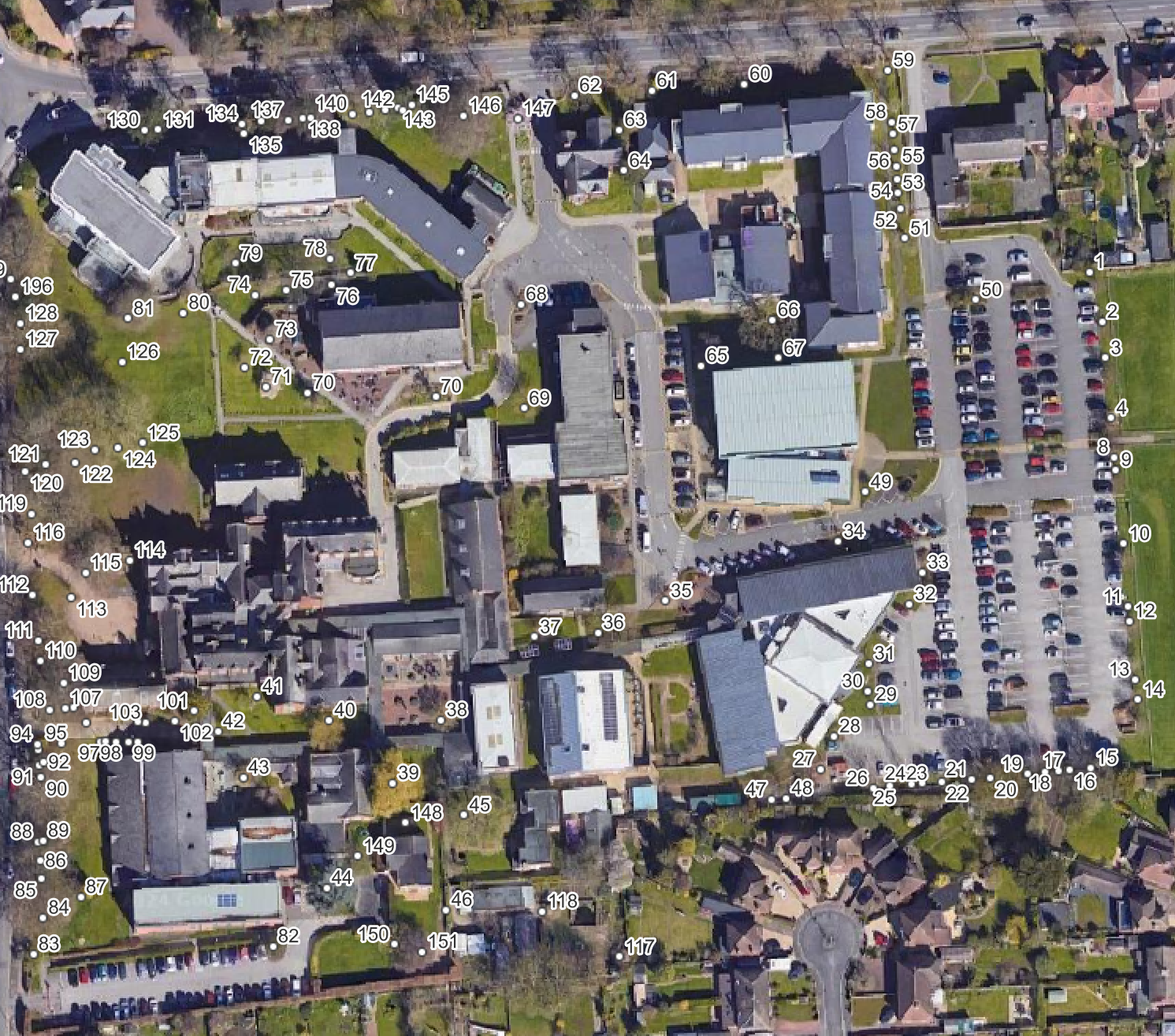Tree Inspections and Surveys
Tree Inspection Report
This report will give you an understanding of your trees overall health and condition. We achieve this by carrying out a detailed visual inspection of the tree and noting features that may have a negative impact on the trees vitality such as symptoms or indications of disease (fungal or bacterial), disorders (possible nutrient deficiency or compaction etc) and disfunction (this could be physical damage to the trees transportation system).
These are often requested by concerned tree owners who may be looking for advise on how to best improve their trees longevity.
Tree Survey
Surveys be can carried out on a small or large number of trees to collect basic information, this is done to aid in the cataloguing of the trees within a given area or to identify trees that may require arboricultural works. We use the same methods of assessing the trees as with a single tree assessment, just in a larger scale. These are generally carried out for estates, schools, property management companies and local parish/ district councils.
All trees are tagged with an identification tag and logged with GIS (Geographical Information System), we currently us a portable GIS to record field data which is then plotted to maps in QGIS software. All surveys come with a Raster map that allows a detailed view.
VALID Tree Risk-Benefit Assessment
VALID is an intuitive detailed risk/hazard assessment system used for determining the likelihood of failure (whether that be a single branch or the whole tree) and the likely consequences of that failure. The PDF reports generated are easy to understand traffic light system for non industry professionals and can be submitted in support of a works application for protected trees. Again these can be carried out on a single tree in a domestic setting or for multiple trees on a large commercial site or schools
We can also provide VALID Tree Risk-Benefit Management Strategy for your specific needs ie Government, School or Home Owner.
Aerial Tree Inspections
At Brown Bear Tree Care Ltd, we understand that a comprehensive tree inspection often requires a closer look at features in the upper crowns of large trees that can't be clearly seen from the ground. To assess these areas effectively and safely, we offer two specialised methods for aerial tree inspections:
1. Drone Inspections (Preferred Method)
Our first choice for aerial inspections is the use of advanced drone technology. Drones allow us to capture high-resolution images and video of your trees from a variety of angles, providing detailed insights into their condition without the need for direct human involvement at height. This method significantly reduces the risk to our team by eliminating the need for climbers to ascend the tree, ensuring a safe and efficient inspection process. Drones are ideal for assessing large areas quickly and can easily access hard-to-reach places, making them perfect for a broad overview of your tree's health and structural integrity.
2. Rope Access Inspections
For situations where a closer, more detailed assessment is necessary, we employ rope access techniques. This method involves a trained climber using rope and harness equipment to physically ascend the tree. While rope access allows us to conduct hands-on inspections and take precise measurements of specific features, it inherently carries a higher level of risk due to the need for our team to work at height. This technique is reserved for when a detailed examination of particular issues, such as decay, cavities, or weak branch attachments, is required, providing us with the ability to inspect every detail up close.
Both methods have their unique advantages and are chosen based on the specific needs of the tree and site conditions. Whether through high-resolution drone footage or detailed rope access assessments, our priority is to ensure the health and safety of your trees, as well as the safety of our team.



